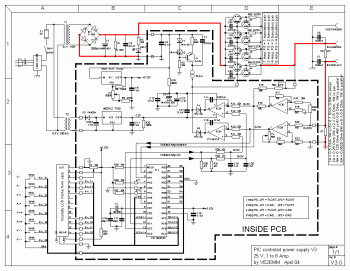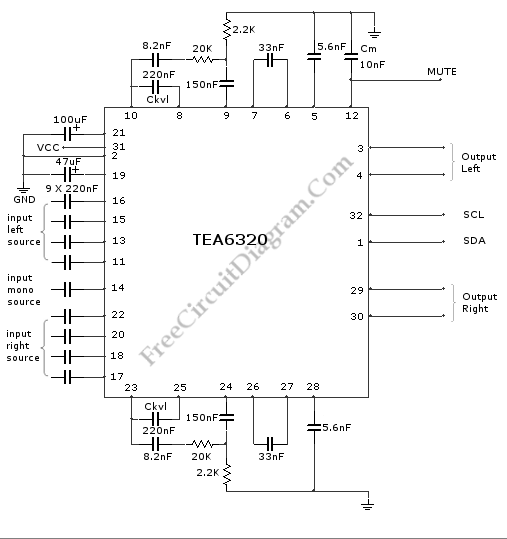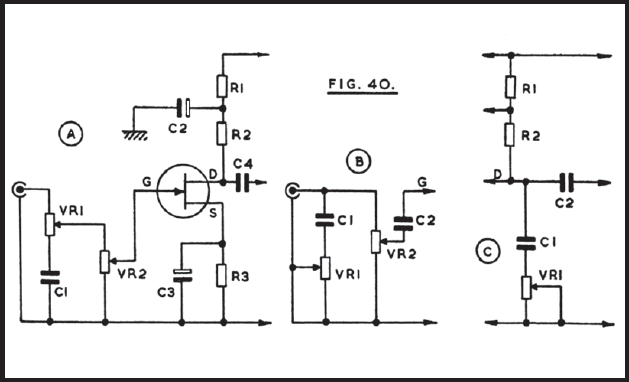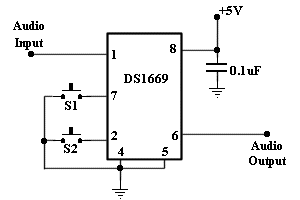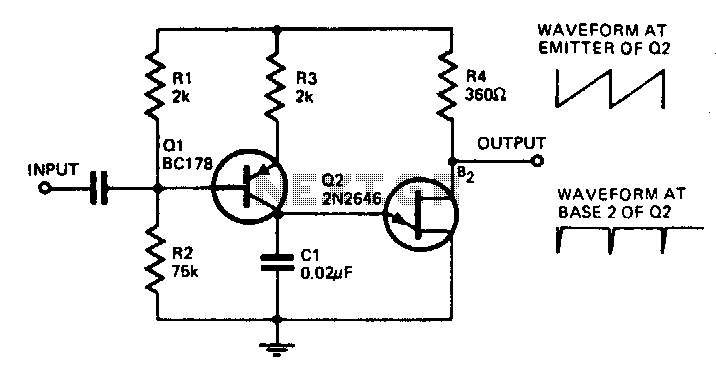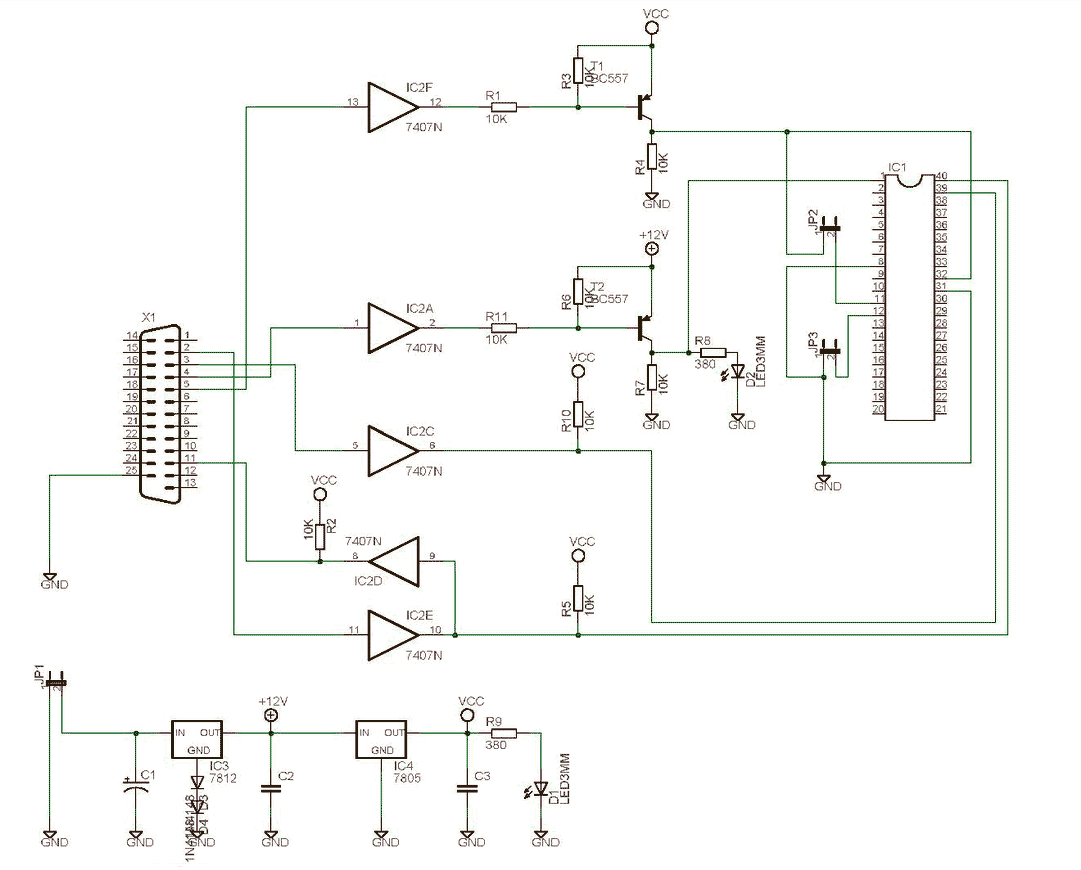
Infra/radio remote control encoder/decoder with PIC
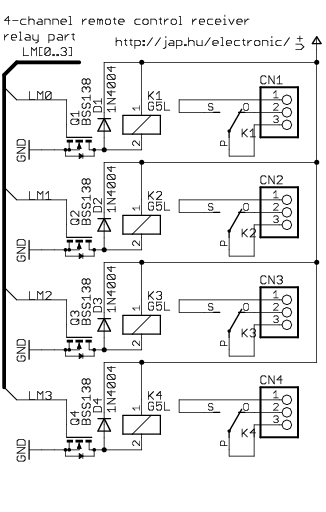
This is a general-purpose remote control project utilizing programmable PIC microcontrollers. Schematics are provided for using infrared (IR) or radio frequency (RF) media. If microcontroller programming is unfamiliar, fixed encoder and decoder integrated circuits can be employed instead. Well-known integrated circuits include Holtek HT-12D, HT-12E, and Motorola MC1, as well as 45026, MC145027, and MC145028. Remote controls typically consist of encoder/decoder components linked to a transmitter/receiver module that facilitates the transmission of digital signals via radio or infrared waves. The signal format of this project is optimized for even the most economical ASK RF modules, using a 50% signal/silence ratio, and resembles the Philips RC-5 format used in infrared remote controls. The transmitter features a variable number of buttons and transmits the states of these inputs to the receiver. The receiver decodes the message and adjusts the outputs accordingly. Only one key can be pressed at a time on the encoder, and only the code for the pressed key is sent to the decoder. This method is efficient for general remote control applications. The input to the encoder reflects the state of buttons or TTL inputs. Each input channel state is encoded into each message sent to the decoder (one bit per channel), allowing TTL inputs to change asynchronously, enabling any number and combination of buttons to be pressed and encoded, with the same state reproduced on the decoder outputs. This method is suitable for modeling and remote control, although messages may be longer. Current devices feature 4 or 8 channels, meaning they can control the state of 4 or 8 switched outputs. Each transmitter and receiver is assigned an address, and the transmitter address must match the receiver's address to control the channels. The transmitters can send three types of codes for the available channels: latched output (the last received state is maintained), toggle output (the channel output can be switched on/off with a momentary button press), or specific ON/OFF-type transmitter codes. By combining different code-type transmitters with receivers of varying channel types, significant versatility is achieved. The transmitter can have 8 buttons, where the 8-channel transmitter controls 8 channels by sending simple codes, while the 4-channel transmitter utilizes four ON and four OFF buttons for 4 channels. The diode wires (J1-J4) set the transmitter address, and the number of channels (and button functions) is determined by the PIC code used. The receiver features 8 relay-switched normally open/normally closed outputs for 8 channels, each capable of being set to momentary or latched operation. The address is configured by switch S1. The schematic illustrates the RF version of the receiver; the IR version differs only by the receiver module, which uses a 3-pin IR receiver IC like the TSOP1738. The receiver provides 4 or 8 relay-switched NO/NC outputs for 4 channels, with each channel offering both momentary and latched outputs (2 outputs per channel). LM[0-3] outputs correspond to latched outputs of channels, while LM[4-7] outputs serve as momentary outputs. The 4-relay PCB can be rewired to select momentary or latched output for the four relays, with the address set by switch S1. The schematic illustrates the RF version of the receiver, with the IR version differing only in the receiver module. The receiver is designed to display received packets and communication errors on a 2x16 character LCD display.
This remote control project leverages programmable PIC microcontrollers to create a versatile system capable of operating through infrared and radio frequency signals. The choice of using either fixed encoder/decoder ICs or programmable microcontrollers allows for flexibility depending on the user's familiarity with programming. The integration of well-established ICs such as the Holtek HT-12 series and Motorola models ensures reliability and ease of implementation.
The project employs a straightforward architecture where the transmitter captures the state of multiple buttons, encoding these states into a digital signal that is transmitted to the receiver. The design ensures that only one button can be pressed at a time, simplifying the decoding process and enhancing operational efficiency. The encoding mechanism translates the state of each button into a binary message, allowing for asynchronous changes in input states, which is crucial for responsive remote control applications.
The system's versatility is further enhanced by the ability to configure the transmitter and receiver addresses, ensuring compatibility between devices. The transmitter's capability to send latched and toggle outputs provides additional functionality, catering to various control scenarios. The receiver's design incorporates relay-switched outputs, allowing for both momentary and latched operations, which can be tailored to specific application requirements.
The inclusion of an LCD display for monitoring received packets and communication errors adds a layer of user feedback, facilitating troubleshooting and enhancing the overall user experience. The project is suitable for a wide range of applications, from simple remote controls to more complex automation systems, providing a robust solution for wireless communication needs.This is a general purpose remote control project with using programmable PIC microcontrollers. Schematics are shown for using infrared (RF) or radio (RF) media. If you are not familiar with microcontroller programming, you can use fixed encoder and decoder integrated circuits instead. Well-known such IC-s are Holtek HT-12D, HT-12E and Motorola MC1 45026, MC145027, MC145028. Remote controls usually consist of encoder/decoder parts connected to a transmitter/receiver module which takes care of the transmission of digital signals by radio or infra waves. The format of this project`s signal is designed to be ideal even for the cheapest ASK RF modules (using 50% signal/silence ratio), and it is similar to the Philips RC-5 format used in infrared remote controls.
The transmitter has a varying number of buttons and sends the states of these inputs to the receiver. The receiver device decodes the message and sets the outputs accordingly. You can press at most one key at a time on the encoder, and only the code for the pressed key is sent to the decoder.
This is an efficient method for general remote control The input to the encoder is the state of buttons or TTL inputs. Every input channel state is encoded into each message sent to the decoder (one bit per channel), so TTL inputs can change asynchronously, and any number and combination of buttons can be pressed and encoded, the same state is reproduced on the decoder outputs.
This method is suitable for modeling AND remote control, but messages are longer. Analog channels would also be possible, but are not yet implemented Current devices have 4 or 8 channels - it means they are capable of controlling the state of 4 or 8 switched outputs. Each transmitter and receiver has an address, and the transmitter address must match the address of the receiver to control the channels.
The transmitters are capable of sending three different types of codes for the available channels: latched output - the last received state is kept. The channel output can be toggled on/off by a momentary button press, or the output can be turned on or off by specific ON/OFF-type transmitter codes Combining different code-type transmitters with receivers with different type channels, great versatility is achieved.
The possible combinations are described below. The transmitter has 8 buttons. The 8-channel transmitter can be used for controlling 8 channels by sending simple codes, the 4-channel transmitter can be used with four ON and four OFF buttons for 4 channels. The diode wires (J1-J4) determine the transmitter address. The number of channels (and button functions) depends on the PIC code used. The transmitter has 8 buttons. The 8-channel transmitter can be used for controlling 8 channels by sending simple codes, the 4-channel transmitter can be used with four ON and four OFF buttons for 4 channels.
The diode wires (J1-J4) determine the transmitter address. The number of channels (and button functions) depends on the PIC code used. The receiver has 8 relay-switched NO/NC outputs for 8 channels. Each channel can be set to momentary or latched operation. The address is set by switch S1. The schematic shows the RF version of the receiver, the IR version differs only in the receiver module - a 3-pin IR receiver IC, like TSOP1738 is used The receiver has 4 or 8 relay-switched NO/NC outputs for 4 channels. Each channel has both momentary AND latched outputs (2 outputs per channel). LM[0-3] outputs are latched outputs of channels, and LM[4-7] outputs are momentary outputs of channels.
The 4-relay PCB can be re-wired to select momentary or latched output for the four relays. The address is set by switch S1. The schematic shows the RF version of the receiver, the IR version differs only in the receiver module - a 3-pin IR receiver IC, like TSOP1738 is used The receiver is to display received packets and communication errors on a 2x16 character LCD display. T 🔗 External reference
This remote control project leverages programmable PIC microcontrollers to create a versatile system capable of operating through infrared and radio frequency signals. The choice of using either fixed encoder/decoder ICs or programmable microcontrollers allows for flexibility depending on the user's familiarity with programming. The integration of well-established ICs such as the Holtek HT-12 series and Motorola models ensures reliability and ease of implementation.
The project employs a straightforward architecture where the transmitter captures the state of multiple buttons, encoding these states into a digital signal that is transmitted to the receiver. The design ensures that only one button can be pressed at a time, simplifying the decoding process and enhancing operational efficiency. The encoding mechanism translates the state of each button into a binary message, allowing for asynchronous changes in input states, which is crucial for responsive remote control applications.
The system's versatility is further enhanced by the ability to configure the transmitter and receiver addresses, ensuring compatibility between devices. The transmitter's capability to send latched and toggle outputs provides additional functionality, catering to various control scenarios. The receiver's design incorporates relay-switched outputs, allowing for both momentary and latched operations, which can be tailored to specific application requirements.
The inclusion of an LCD display for monitoring received packets and communication errors adds a layer of user feedback, facilitating troubleshooting and enhancing the overall user experience. The project is suitable for a wide range of applications, from simple remote controls to more complex automation systems, providing a robust solution for wireless communication needs.This is a general purpose remote control project with using programmable PIC microcontrollers. Schematics are shown for using infrared (RF) or radio (RF) media. If you are not familiar with microcontroller programming, you can use fixed encoder and decoder integrated circuits instead. Well-known such IC-s are Holtek HT-12D, HT-12E and Motorola MC1 45026, MC145027, MC145028. Remote controls usually consist of encoder/decoder parts connected to a transmitter/receiver module which takes care of the transmission of digital signals by radio or infra waves. The format of this project`s signal is designed to be ideal even for the cheapest ASK RF modules (using 50% signal/silence ratio), and it is similar to the Philips RC-5 format used in infrared remote controls.
The transmitter has a varying number of buttons and sends the states of these inputs to the receiver. The receiver device decodes the message and sets the outputs accordingly. You can press at most one key at a time on the encoder, and only the code for the pressed key is sent to the decoder.
This is an efficient method for general remote control The input to the encoder is the state of buttons or TTL inputs. Every input channel state is encoded into each message sent to the decoder (one bit per channel), so TTL inputs can change asynchronously, and any number and combination of buttons can be pressed and encoded, the same state is reproduced on the decoder outputs.
This method is suitable for modeling AND remote control, but messages are longer. Analog channels would also be possible, but are not yet implemented Current devices have 4 or 8 channels - it means they are capable of controlling the state of 4 or 8 switched outputs. Each transmitter and receiver has an address, and the transmitter address must match the address of the receiver to control the channels.
The transmitters are capable of sending three different types of codes for the available channels: latched output - the last received state is kept. The channel output can be toggled on/off by a momentary button press, or the output can be turned on or off by specific ON/OFF-type transmitter codes Combining different code-type transmitters with receivers with different type channels, great versatility is achieved.
The possible combinations are described below. The transmitter has 8 buttons. The 8-channel transmitter can be used for controlling 8 channels by sending simple codes, the 4-channel transmitter can be used with four ON and four OFF buttons for 4 channels. The diode wires (J1-J4) determine the transmitter address. The number of channels (and button functions) depends on the PIC code used. The transmitter has 8 buttons. The 8-channel transmitter can be used for controlling 8 channels by sending simple codes, the 4-channel transmitter can be used with four ON and four OFF buttons for 4 channels.
The diode wires (J1-J4) determine the transmitter address. The number of channels (and button functions) depends on the PIC code used. The receiver has 8 relay-switched NO/NC outputs for 8 channels. Each channel can be set to momentary or latched operation. The address is set by switch S1. The schematic shows the RF version of the receiver, the IR version differs only in the receiver module - a 3-pin IR receiver IC, like TSOP1738 is used The receiver has 4 or 8 relay-switched NO/NC outputs for 4 channels. Each channel has both momentary AND latched outputs (2 outputs per channel). LM[0-3] outputs are latched outputs of channels, and LM[4-7] outputs are momentary outputs of channels.
The 4-relay PCB can be re-wired to select momentary or latched output for the four relays. The address is set by switch S1. The schematic shows the RF version of the receiver, the IR version differs only in the receiver module - a 3-pin IR receiver IC, like TSOP1738 is used The receiver is to display received packets and communication errors on a 2x16 character LCD display. T 🔗 External reference
